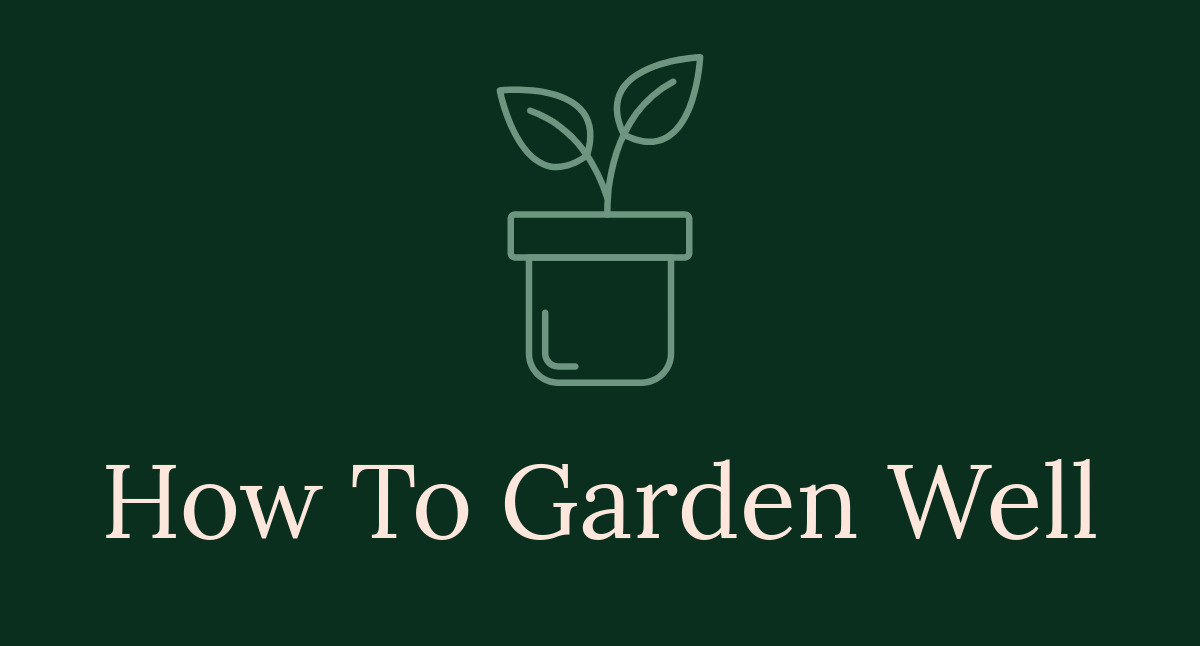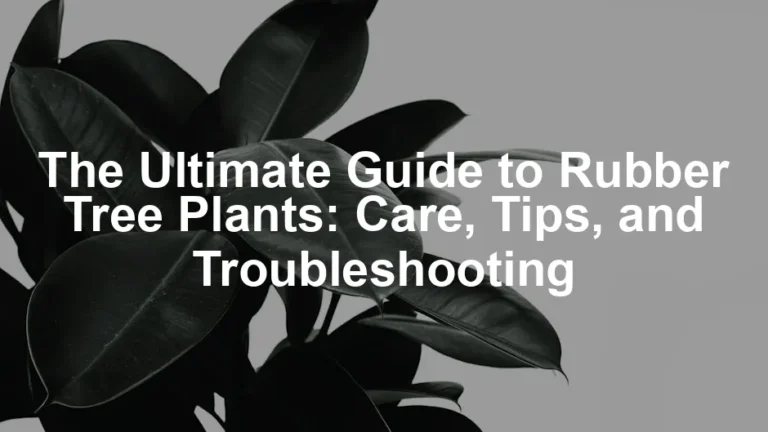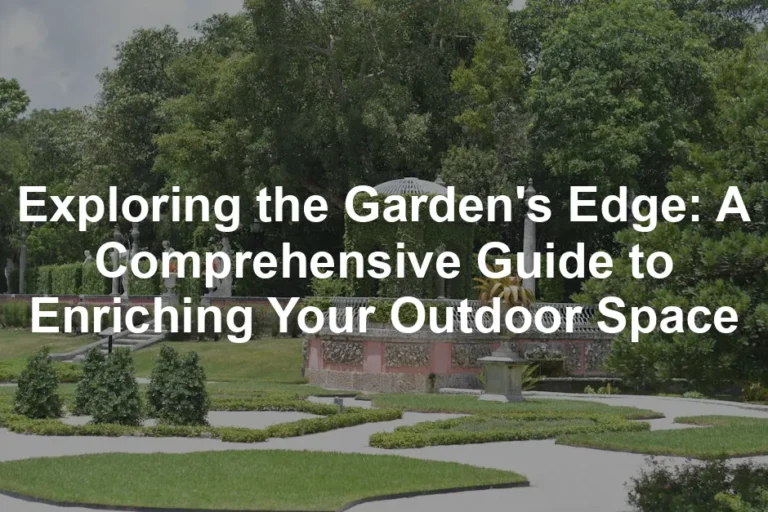

Aluminium Garden Edging: The Ultimate Guide to Choosing and Installing
Introduction
Aluminium garden edging is becoming a favorite in landscaping. It offers a sleek, modern look while keeping your garden tidy. Compared to traditional options like wood or concrete, aluminium is lighter and easier to maintain. In this guide, you’ll learn about the types of aluminium edging, its benefits, and tips for installation.
Summary and Overview
Aluminium garden edging is a type of border used to define garden beds, pathways, and lawns. Unlike wooden or concrete borders, aluminium edging provides a clean, contemporary look while maintaining durability. More gardeners are choosing aluminium for its impressive lifespan and aesthetic appeal. This edging is perfect for various landscaping projects, from flower beds to gravel paths. Using aluminium has environmental perks too; it’s 100% recyclable and can significantly lower your carbon footprint. By opting for aluminium, you contribute to sustainable gardening practices.
Speaking of sustainability, you might want to consider adding a compost bin to your gardening tools. It’s a great way to recycle kitchen scraps and yard waste, turning them into nutrient-rich compost for your garden beds.

For essential guidance on maintaining your garden, check out our seasonal maintenance tips for selfwatering container gardens in fall 2024.
Benefits of Aluminium Garden Edging
Aesthetic Appeal
Aluminium edging adds a polished finish to any garden. Its sleek lines create a modern look that enhances your outdoor space. Available in a range of colors and finishes, it can complement any landscape design. Whether you prefer a classic silver or a bold color, there’s an option to suit your style.
To accentuate that beautiful garden, consider adding outdoor garden lights. They not only illuminate your space but also create a magical atmosphere in the evenings.
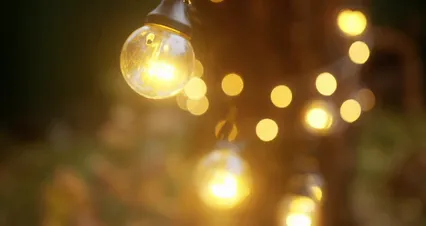
Durability and Longevity
Aluminium is incredibly durable, resisting rust, rot, and fading. Unlike wood, it won’t warp or break down over time. In fact, aluminium edging can last for decades with minimal maintenance. Many manufacturers guarantee a lifespan of over 20 years, making it a smart, long-term investment for your garden.
And while you’re at it, don’t forget the importance of a good garden tools set. The right tools make maintaining your garden a breeze.
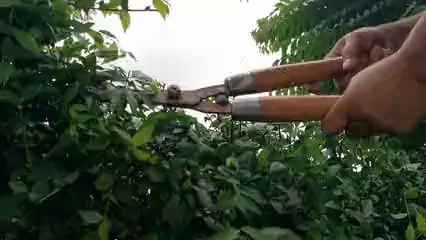
Ease of Installation
Installing aluminium edging is straightforward and can be done with just a few tools. You’ll need a rubber mallet, a level, and some stakes to secure it in place. The lightweight nature of aluminium makes it easy to handle, even for DIY novices. Just follow the simple steps, and you’ll have your edging installed in no time!
Speaking of tools, a rubber mallet is essential for ensuring your edging is securely in place without damaging it. It’s a gardener’s best friend!

Types of Aluminium Garden Edging
Flexible Edging
Flexible aluminium edging is perfect for creating curved borders. Its malleable design allows you to shape it to fit any garden layout. This type is particularly useful for flower beds or around trees, where smooth curves are desirable. For instance, you can outline a circular flower bed or create gentle curves along pathways. Its adaptability makes flexible edging a favorite among gardeners who love unique, flowing designs.

Rigid Edging
Rigid aluminium edging offers a sturdy option for straight lines. This type is ideal for defining clear boundaries between your lawn and flower beds. Its strength ensures it remains in place, even in high-traffic areas. Consider using rigid edging for gravel paths or to frame vegetable gardens. The clean lines provide a professional look, enhancing the overall aesthetic of your outdoor space.
To keep those gardens flourishing, don’t forget about native plants seeds. They thrive in your local environment and require less water and care!
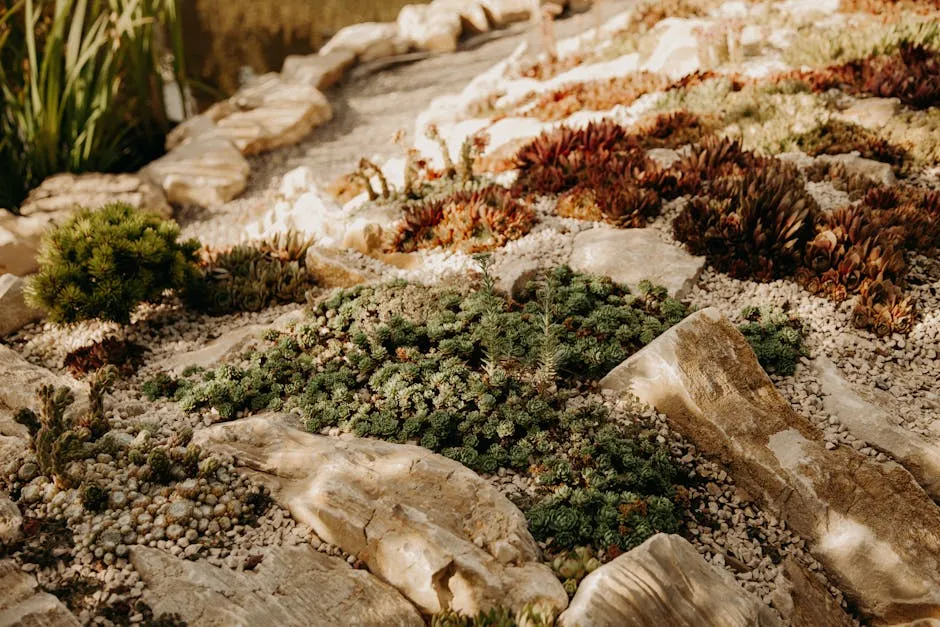
Decorative Edging
Decorative aluminium edging comes in various styles and colors, adding flair to your landscape. From ornate patterns to sleek modern designs, there’s something for every taste. You can use decorative edging to highlight flower beds or to create striking borders around patios. Integrating decorative edging can elevate your garden’s design, making it more visually appealing and cohesive with your landscaping theme.

Comparison with Other Materials
Aluminium vs. Wood
Aluminium edging typically outlasts wood by years, resisting rot and insects. While wood offers a natural look, it requires regular maintenance like sealing and staining. In contrast, aluminium is virtually maintenance-free, providing a clean look without the hassle. If you seek durability and low upkeep, aluminium is the clear choice.
To maintain that beautiful wooden look without the hassle, consider using organic fertilizer. It nourishes your plants while being eco-friendly!
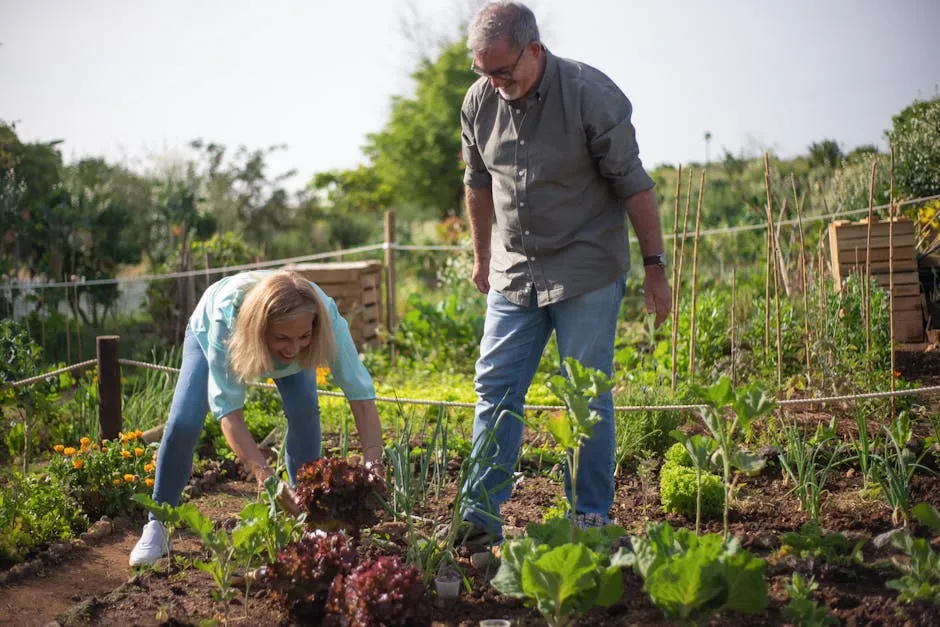
Aluminium vs. Plastic
Aluminium edging stands out for its durability and visual appeal compared to plastic. While plastic can crack or fade over time, aluminium maintains its integrity and color. Studies show aluminium can last over 20 years, while plastic often needs replacement within a decade. For a long-lasting solution, aluminium is superior.
Aluminium vs. Concrete
Installing aluminium edging is often quicker and easier than concrete. Unlike concrete, which can be labor-intensive and requires curing time, aluminium can be set up in a fraction of the time. Visually, aluminium offers a sleek finish that complements modern landscapes. Moreover, aluminium is recyclable, making it a more environmentally friendly option compared to concrete.

Installation Guide for Aluminium Garden Edging
Preparation
Before installing aluminium garden edging, start by clearing the area. Remove any existing grass, weeds, or debris where the edging will go. Next, mark the layout using stakes and string. This will help visualize your design and ensure straight lines. Measure the length of the areas to be edged, allowing for corners and curves. It’s essential to plan the layout carefully, as this will guide your installation and create an attractive, defined border for your garden.
While preparing, consider using garden stakes to help keep everything in place. They’re a gardener’s best friend!

Installation Steps
To install your aluminium edging, first, dig a shallow trench where the edging will sit. Position the edging into the trench, ensuring it’s level. Use a rubber mallet to tap the edging into place, making it secure. If your edging has connectors, use them to join pieces together, especially at corners. For added stability, drive in pegs or stakes at regular intervals. This will keep the edging firmly in place and prevent shifting over time.

After installation, you might want to consider a garden rake to level out the soil and ensure a smooth finish around the edging. It’s the cherry on top!
Maintenance Tips
Maintaining your aluminium edging is straightforward. Regularly check for dirt and debris buildup, which can be easily removed with a brush or cloth. To clean, use mild soap and water; avoid harsh chemicals that could damage the finish. Inspect for any signs of wear or loosening, and tighten or replace pegs as needed. Proper upkeep ensures your aluminium edging remains attractive and functional for years, enhancing your garden’s beauty.

Cost Considerations
Price Range
Aluminium garden edging generally ranges in price based on length and style. You can expect to pay between $30 to $100 for standard lengths. In comparison, traditional materials like wood or concrete can cost more in the long run due to maintenance needs. While initial costs of aluminium may be higher than plastic, its durability makes it a cost-effective choice for lasting garden borders.

Additionally, consider investing in a garden trowel for those precise planting tasks. A good trowel is worth its weight in gold!
Long-term Value
Investing in aluminium garden edging brings long-term savings. Its durability means you won’t need frequent replacements, unlike wood or plastic. This material withstands extreme weather, rust, and rot, ensuring your garden remains tidy year-round. Additionally, the low maintenance required contributes to its overall value. By choosing aluminium, you save time and money, making it a wise decision for any landscaping project.
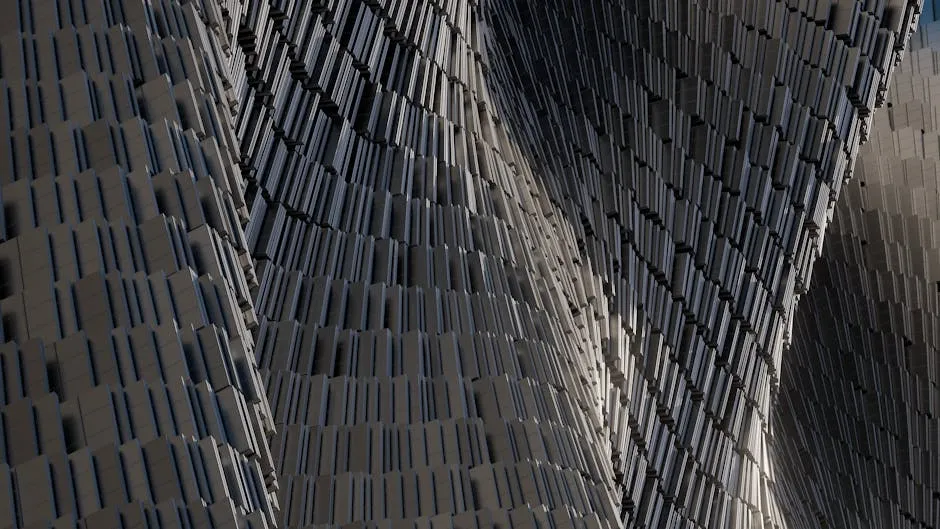
For those looking to expand their gardening knowledge, check out some gardening books that can provide tips and tricks to keep your garden flourishing!
Environmental Impact
Sustainability of Aluminium
Aluminium is remarkable for its recyclability. In fact, it can be recycled indefinitely without losing quality. This reduces waste and conserves resources. When using recycled aluminium, energy savings are significant—about 95% less energy is needed compared to producing new aluminium. This translates to a considerable reduction in greenhouse gas emissions. Choosing aluminium garden edging not only beautifies your garden but also contributes to a healthier planet.

Eco-Friendly Landscaping Practices
Creating an eco-friendly garden with aluminium edging is easy and effective. Start by using mulch and native plants, which require less water. Incorporate rainwater harvesting systems for irrigation. Pair aluminium edging with other sustainable materials, like reclaimed wood or natural stone, for a cohesive look. Consider adding compost to enrich your soil and support local wildlife. These practices enhance your garden’s beauty while promoting environmental health.
To further support your eco-friendly efforts, consider using a compost tea brewer. It’s a fantastic way to create nutrient-rich liquid fertilizer for your plants!
Conclusion
In summary, aluminium garden edging offers durability, aesthetic appeal, and sustainability. Its long lifespan reduces the need for frequent replacements, saving time and money. By choosing aluminium, you’re investing in a product that benefits your garden and the environment. Consider switching to aluminium edging for your landscaping projects. It’s a step towards a greener, more beautiful outdoor space. Explore our range of aluminium garden edging options today!
FAQs
What is aluminium garden edging?
Aluminium garden edging is a border used to define garden beds, lawns, and pathways. It’s made from lightweight, durable aluminium, offering a sleek look. This type of metal edging helps keep grass and weeds from encroaching into flower beds, enhancing your landscape design. Its modern appearance suits various garden styles, making it a popular choice among gardeners.
How long does aluminium garden edging last?
Aluminium garden edging is known for its impressive longevity. It can last over 20 years with minimal maintenance. Factors affecting its lifespan include exposure to extreme weather and soil conditions. Unlike wood, it won’t rot or warp. This durability makes it a cost-effective choice for homeowners looking for reliable lawn edging options.
Is aluminium garden edging easy to install?
Yes, aluminium garden edging is straightforward to install. Most products come in manageable lengths, making handling easy. You typically need simple tools like a rubber mallet and stakes for securing the edging. The process usually involves digging a shallow trench, placing the edging, and tapping it into position. Even DIY beginners can achieve great results with minimal effort.
Can I paint aluminium garden edging?
You can paint aluminium garden edging to match your landscape design. Use a high-quality primer designed for metal surfaces. After priming, apply exterior paint suitable for aluminium. This allows you to refresh the colour or customize the look. Ensure the surface is clean and dry before painting for the best adhesion and finish.
What are the environmental benefits of using aluminium in gardening?
Aluminium is an eco-friendly choice for gardening. It is 100% recyclable, which reduces waste and conserves resources. Using recycled aluminium requires 95% less energy than producing new aluminium. This significantly lowers greenhouse gas emissions. By choosing aluminium garden edging, you contribute to sustainable gardening practices and support a healthier environment.
Please let us know what you think about our content by leaving a comment down below!
Thank you for reading till here 🙂
All images from Pexels
